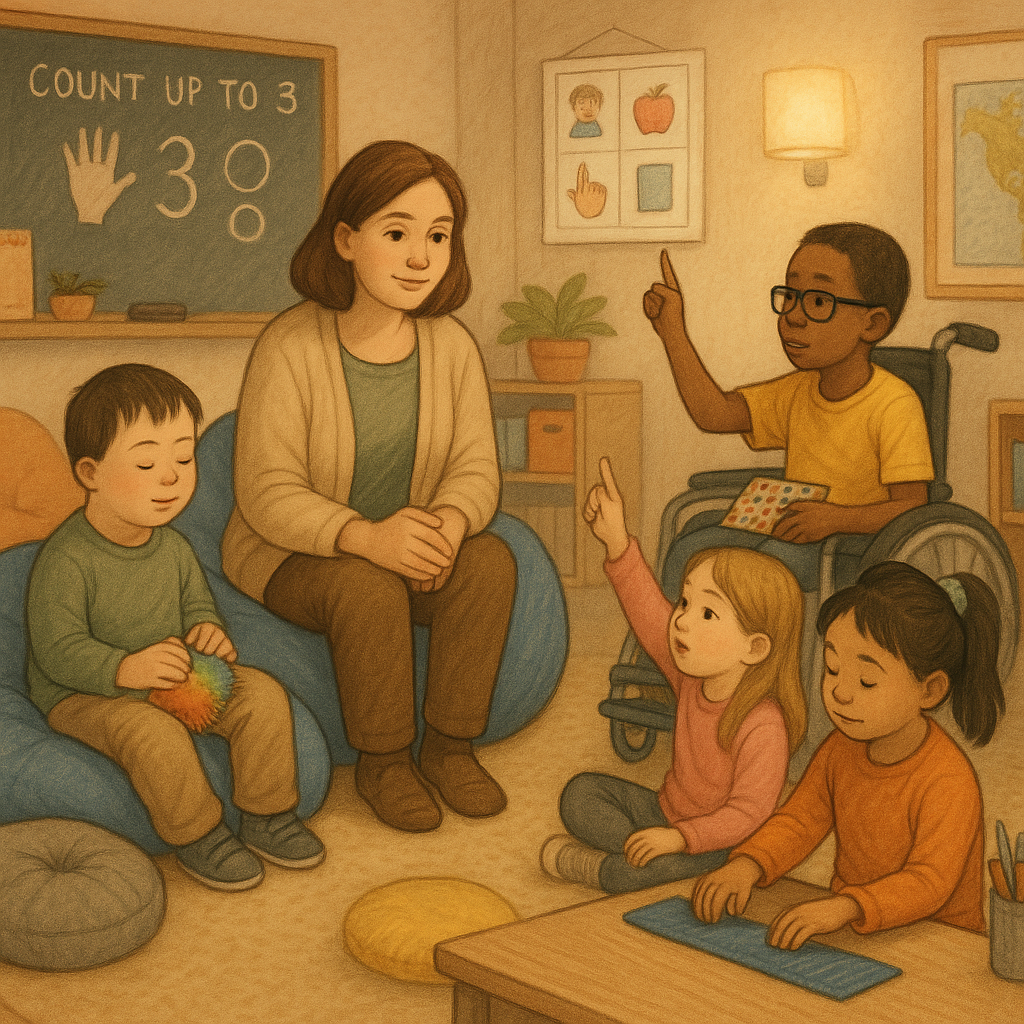
Introduction
Understanding how trauma impacts learning in special education is crucial for educators and families alike. Students receiving special education services often have a history of trauma from violence to neglect and these experiences directly affect how they learn and behave. Addressing trauma through informed strategies creates better academic outcomes and emotional well-being.
What Is Trauma and How Does It Affect the Brain?
Trauma refers to deeply distressing experiences that overwhelm a child’s ability to cope. For students, this can include:
- Physical or emotional abuse.
- Parental separation or divorce.
- Community violence or natural disasters.
- Neglect or inconsistent caregiving.
These experiences can alter brain development especially in areas tied to memory, attention, and emotional regulation. As a result, children may struggle with tasks that require focus, emotional control, or problem-solving skills essential for classroom learning.
Harvard Center on the Developing Child: How Trauma Affects the Brain
Learning and Behavioral Challenges Rooted in Trauma
Trauma-related difficulties often overlap with or mimic disabilities, making it harder to distinguish between trauma responses and diagnosed learning differences. Students impacted by trauma may:
- Appear easily distracted or hyperactive.
- Avoid tasks that require concentration or effort.
- React strongly to minor triggers or changes.
- Struggle with memory or following directions.
- Exhibit withdrawal, aggression, or mood swings.
For students already receiving special education services, trauma can intensify these challenges making progress even more difficult without the right support.
Why Trauma-Informed Special Education Matters
Recognizing and addressing trauma in special education settings is not optional it’s critical. Trauma-informed practices help:
- Build trust between students and educators.
- Reduce disruptive behaviors and classroom removals.
- Improve engagement and emotional regulation.
- Promote a sense of safety and belonging.
Incorporating trauma-sensitive strategies into IEPs, lesson plans, and school culture ensures every child is supported not just academically, but emotionally.
Trauma-Informed Strategies for Special Education
Establish Predictability and Safety
Use visual schedules, consistent routines, and calm transitions to reduce anxiety and increase a sense of control.
Build Strong, Trusting Relationships
Prioritize connection over correction. Take time to understand students’ emotional cues and offer validation.
Create Calming Environments
Incorporate soft lighting, sensory-friendly tools, quiet corners, and flexible seating to lower stress and support focus.
Adjust Instructional Approaches
Break down tasks into smaller steps, offer choices, and use positive reinforcement to keep students engaged without pressure.
Include Trauma-Sensitive Goals in IEPs
Embed emotional regulation, social skills, and coping strategies into IEP goals. These skills are essential for long-term learning success.
Supporting Families of Students Affected by Trauma
Parents and caregivers are essential partners. Educators can:
- Share information on how trauma affects learning.
- Offer consistent communication and check-ins.
- Provide referrals to school counselors or community support services.
- Encourage self-care and stress-reducing activities at home.
Working together, schools and families can create a supportive, trauma-informed environment that nurtures student growth.
Policy Matters: Trauma and Special Education Law
Educational policy often emphasizes test results over emotional well-being. To better reflect how trauma impacts learning in special education, leaders must push for:
- More school-based mental health support
- Flexibility in IEP development
- Mandatory trauma-informed training for all educators
Learn more about these critical policy issues in The Politics of Education K–12 by Lonnie Palmer.
Related Learning
Expand your understanding with these helpful reads:
- Transition Planning for Special Education Students
- How Parents Can Support Special Education at Home
Conclusion
Understanding how trauma impacts learning in special education allows educators and families to better support every student. With the right mindset, environment, and strategies, we can empower children to thrive emotionally and academically even in the face of adversity.
2 Responses